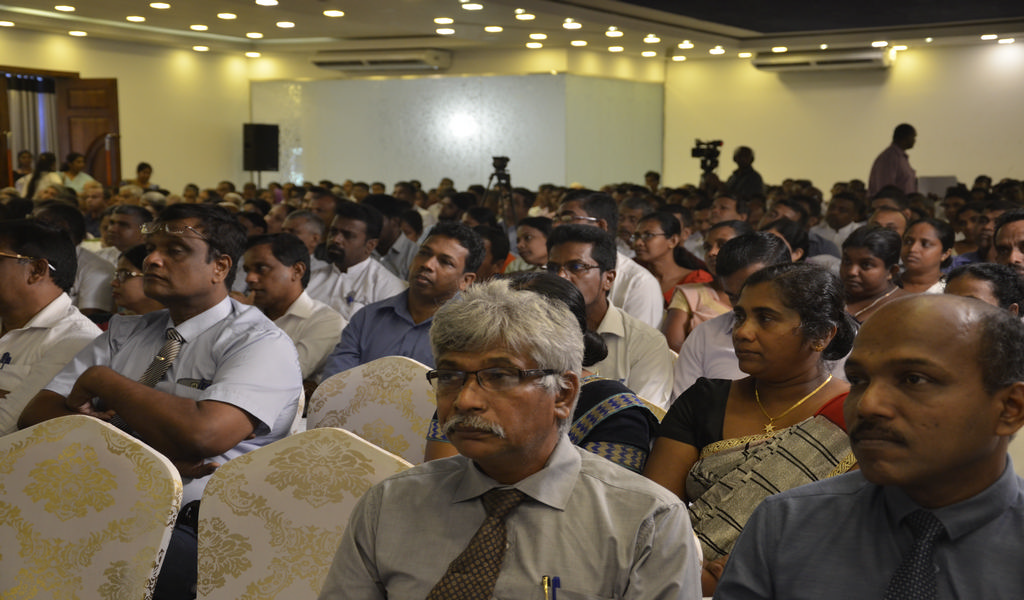

Annexin A5 and annexin A6 are the most abundantly expressed annexin proteins in the heart ( 31). The differential response of annexin family members to intracellular Ca 2+ levels allows for a graded and reinforced injury response.Įfficient sarcolemma repair is also critical for cardiomyocyte survival because these cells are terminally differentiated and have limited capacity for self-regeneration. Annexins A6 and A2 are highly relevant for muscle membrane repair, while annexin A1 appears more dispensable ( 28– 30). Annexins A6 and A2 have the highest affinities for Ca 2+, being recruited to the membrane lesion within 1–2 seconds of injury, followed by a second wave of annexin translocation including annexins A1, A4, and A5 ( 24, 25, 27). Annexins A1, A2, and A6 are recruited to the repair cap in a Ca 2+-dependent manner ( 23– 26). In the setting of muscle membrane repair, a repair cap forms at the site of injury. The machinery that mediates membrane repair participates in other cellular transport processes, scaffolding receptor and signaling complexes, and modulating actin dynamics, which are not exclusively dedicated to membrane repair.Īnnexin proteins bind to negatively charged phospholipids in a Ca 2+-dependent manner and have been recognized for their role in membrane repair, in addition to cell migration and adhesion ( 17– 22). Aspects of each of these models may ultimately contribute to membrane repair and resealing and, in part, be dependent on cell type and the size and depth of the membrane disruption. Others have described endocytosis of the injured membrane area in addition to lateral diffusion of membrane to the site of injury ( 13– 16). A second model implicates constriction of the injured membrane followed by budding and shedding of the injured membrane into the extracellular space ( 9– 12). In one model, intracellular vesicles are recruited to the site of injury in a Ca 2+-dependent manner, where they fuse with each other and to the membrane lesion ( 6– 8). In the case of small membrane lesions, several models of plasma membrane repair have been proposed ( 3– 5). With membrane breach, the influx of extracellular Ca 2+ can initiate plasma membrane repair. Mutations in genes that function to either stabilize or repair the plasma membrane are associated with multiple distinct conditions, including muscular dystrophy, cardiomyopathy, and neuropathy ( 1, 2). The plasma membrane is frequently exposed to mechanical disruption resulting in membrane lesions, which may vary in shape and size depending on cell type and function. Thus, annexin A6 orchestrates repair in multiple cell types, and recombinant annexin A6 may be useful in additional chronic disorders beyond skeletal muscle myopathies. Exogenously added recombinant annexin A6 localized to repair caps and improved muscle membrane repair capacity in a dose-dependent fashion without disrupting endogenous annexin A6 localization, indicating annexin A6 promotes repair from both intracellular and extracellular compartments. Using surface plasmon resonance, we showed recombinant annexin A6 bound phosphatidylserine-containing lipids in a Ca 2+- and dose-dependent fashion with appreciable binding at approximately 50 μM Ca 2+. Injured cardiomyocytes and neurons also displayed repair caps after wounding, highlighting annexin A6–mediated repair caps as a feature in multiple cell types. High-resolution imaging of wounded muscle fibers showed annexin A6GFP rapidly formed a repair cap at the site of injury. Heterozygous Anxa6gfp mice expressed a normal pattern of annexin A6 with reduced annexin A6GFP mRNA and protein. To evaluate annexin A6’s role in membrane repair in vivo, we inserted sequences encoding green fluorescent protein (GFP) into the last coding exon of Anxa6. Anxa6 encodes the membrane-associated protein annexin A6 and was identified as a genetic modifier of muscle repair and muscular dystrophy. Membrane instability and disruption underlie myriad acute and chronic disorders.


 0 kommentar(er)
0 kommentar(er)
